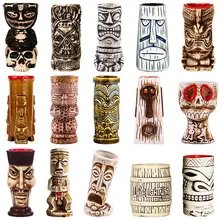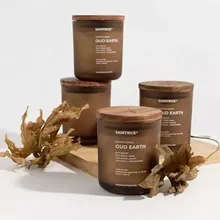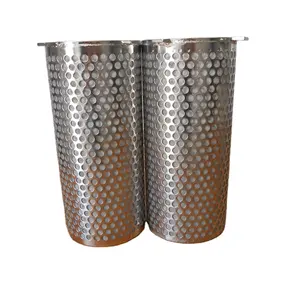Exploring the Versatility of Oil Strainer Pots
The oil strainer pot is an essential kitchen tool designed to filter and store used cooking oils, ensuring a cleaner kitchen and promoting recycling. This category encompasses a variety of pots that cater to different needs, from the home cook to the professional chef.
Types and Materials
Among the array of options, the oil strainer pot stainless steel variant stands out for its durability and resistance to rust. Alternatives include pots made from high-grade plastics like PP, but stainless steel, particularly 304 stainless steel, remains a popular choice for its longevity and ease of cleaning.
Design and Features
The design of an oil strainer pot grease can often includes a fine mesh strainer to catch food particles, coupled with a lid to contain odors. The multifunctional nature of these pots allows them to be used in various settings, including super markets and restaurants. Some designs are geared towards home use, fitting conveniently on a desktop or in a dining room setting.
Applications in the Kitchen
A cooking oil strainer pot is not just for storing used oil. It can also be a grease strainer for pan, allowing cooks to filter and reuse cooking fats, which is both economical and environmentally friendly. The versatility extends to different types of cuisine, making it a universal tool in culinary practices.
Environmental and Economic Advantages
Using a kitchen oil filter strainer pot contributes to a sustainable kitchen by minimizing waste. The reusability of filtered oil can lead to cost savings, while the eco-friendly aspect of these pots aligns with the growing trend of environmentally conscious cooking practices.
Choosing the Right Oil Strainer Pot
When selecting an oil pot strainer, consider the material, capacity, and ease of cleaning. Stainless steel pots are often preferred for their robustness and ease of maintenance. The size should correspond to the volume of oil typically used in your cooking routines.







































 浙公网安备 33010002000092号
浙公网安备 33010002000092号 浙B2-20120091-4
浙B2-20120091-4